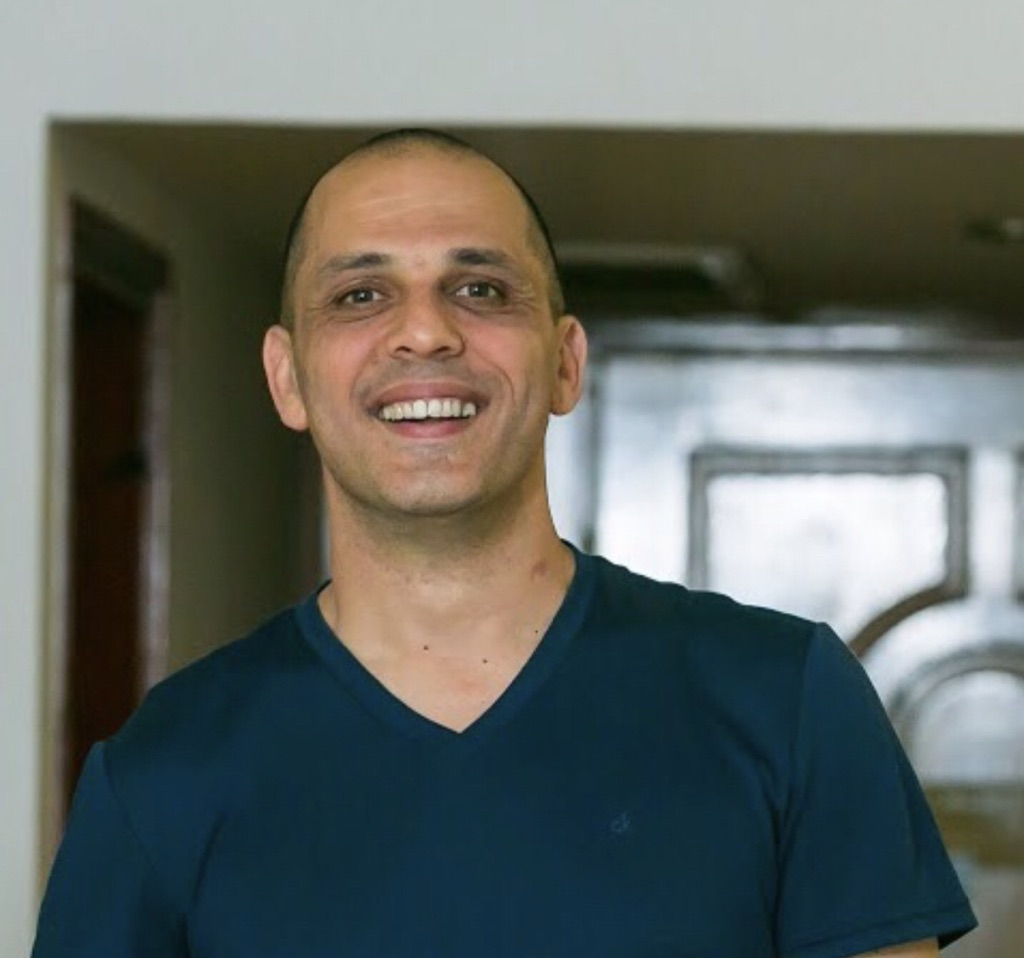What is your path to achieve your financial goals?
No matter your age, your investing experience or how much you have in your portfolio, tracking your money is crucial. Your financial portfolio includes your assets and your liabilities portfolios. Both of these are in your control, and managing them effectively is paramount for wealth buildup. Market performance and any other macro level economic processes are out of any one user’s control. We cannot manage it, but we can track it to understand its impact on our plan. This article will focus on the asset side of portfolio management and talk about the different steps required to track your investments. It will also cover the different approaches to accomplish it.
An investment is the act of committing money or capital to an endeavor with the expectation of obtaining an additional income or profit. There are many types of investments, and there are always new ones being added. A short list of examples will include the following: Stocks, bonds, mutual funds, savings accounts and certificates of deposit (CDs), real estate, commodities, cryptocurrencies, collectibles and other alternatives. Investments can be grouped in different ways, but it always goes back to the basics of obtaining additional income or profit. Different investments have different risk levels associated with them and react differently to market changes. The broad variety of investment types, and the fact that each one is different results in a need for a comprehensive tracking approach.
What does tracking investments require?
- You need to identify your investment goals. What do you need? When do you need it? What is the impact of not getting it? Do you have a fallback plan in case something goes wrong?
- You need to choose the right investment products for your goals, taking into account your current wealth, your risk tolerance and time horizon. There is an ever growing list of investment opportunities, each with a different profile that will suit specific investment strategies.
- Tracking, also requires using predictive models to forecast future market trends and understand the potential risks and rewards of different investment options. This could include fundamental analysis models, technical analysis models and Monte Carlo simulation models.
- Monitor your investments regularly to make sure they are performing as expected and align with your overall plan. This might involve reviewing your portfolio on a monthly or quarterly basis and rebalancing it if necessary.
- Make adjustments to your investments as needed based on changes in your goals, risk tolerance, or the market environment. This could involve selling or adding investments to optimize your portfolio. Reasons for changes in portfolio may include an underperforming asset, diversification, rebalancing strategy, changes in risk need, changes in macro level economy, and other.
- Keep track of your net worth by calculating the value of your assets and subtracting your liabilities. This will give you a clear picture of your financial health and help you understand how your investments are contributing to your overall wealth.
There are several different approaches you can take to track your investments. These include:
- Using a human financial advisor can help you create a personalized investment plan and provide ongoing guidance and advice on managing your portfolio. They can also help you track your investments and make adjustments as needed. This approach comes at a cost and, in most cases, provides limited tools for the end user to track their portfolio.
- Using a robo-advisor for automated investment. This can be a convenient, cost-effective option for investors who want a full hands-off approach to tracking their investments. The downside is that these platforms are limited to the investable assets portfolio only. It will not take into account the overall portfolio (including alternatives). In most cases, robo-advisors are oriented to one goal at a time and not a full financial plan.
- Tracking your investments manually: If you prefer a more hands-on approach, you can track your investments manually by keeping records of your transactions and calculating your net worth on your own. It also requires spending a lot of time digesting market data to be used for prediction, comparison to reference investment and finding alternatives. This can be a good option for investors who want complete control over their portfolio and are comfortable with spending a lot of time to be able to manage their own investments.
- Using investment software or apps: There are few different software solutions and apps that can help you track your investments. These tools can provide aggregation of all of your assets, some level of prediction tools and different levels of insight and market data digesting.
MAPLE is the only solution that starts with a full financial plan (Goal based planning) and has the advice engine built in its core. This approach makes it the only solution that includes the full capabilities required to track your investments. It helps you define your goals and recommends the best asset mix for you to meet your specific goals. On top of thay, it has powerful tools for prediction and simulation and it monitors the portfolio performance 24/7/365. On top of everything else, it continually recommends optimizations needed to best meet your plan.
Ultimately, the best approach for tracking your investments will depend on your individual needs, preferences and level of financial expertise. You can choose one approach or combine multiple approaches to find a system that works for you. MAPLE was designed with you, the user, in mind, allowing it to be part of any approach you choose. It will suit your needs if you are taking your first steps in the world of investments or if you are an advanced investor with a complicated portfolio.





